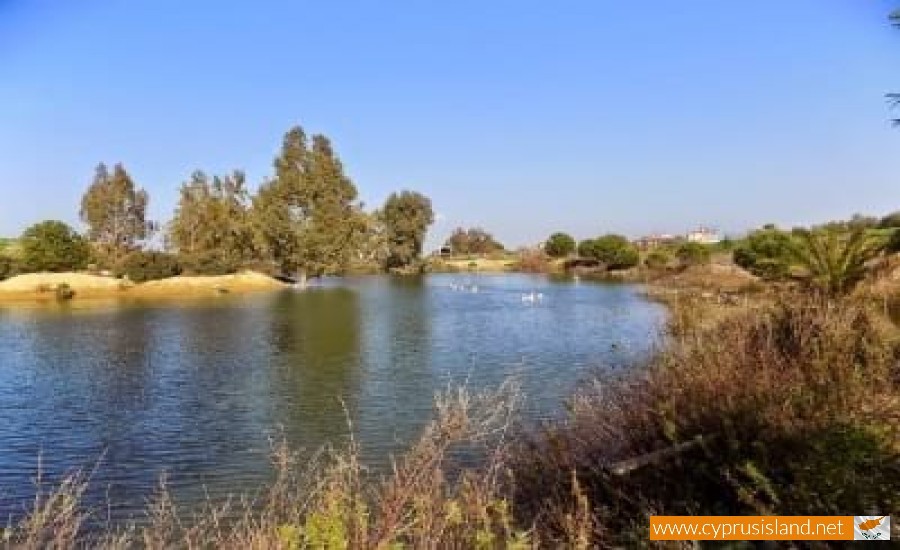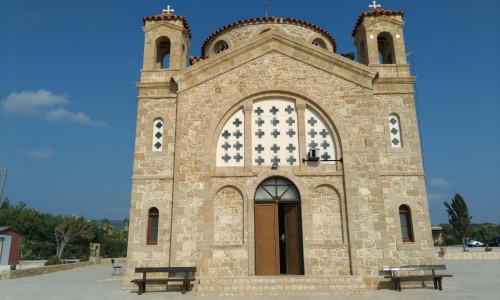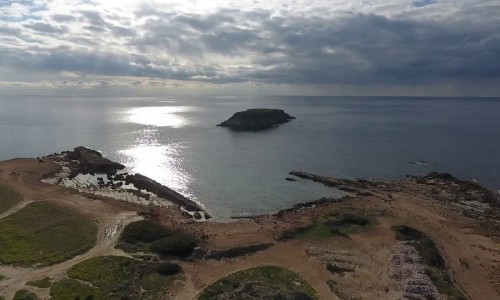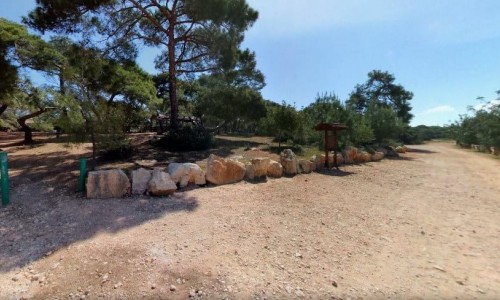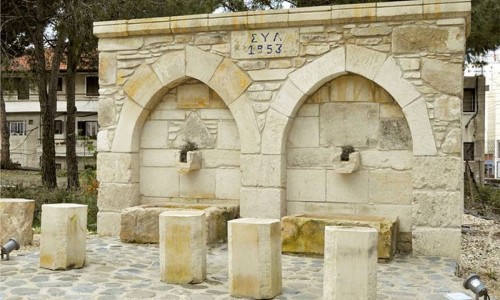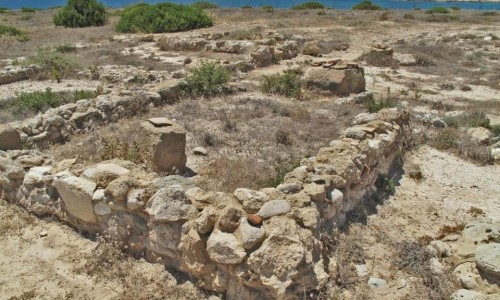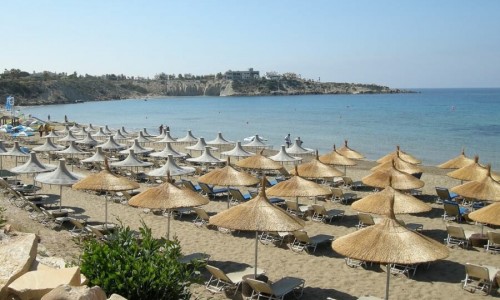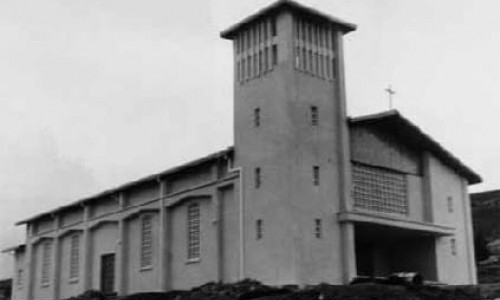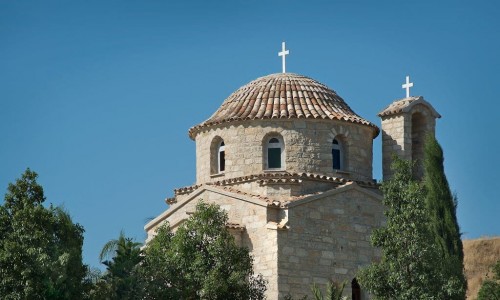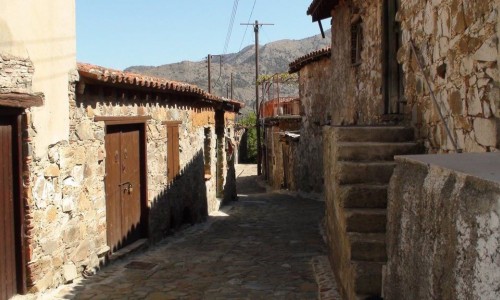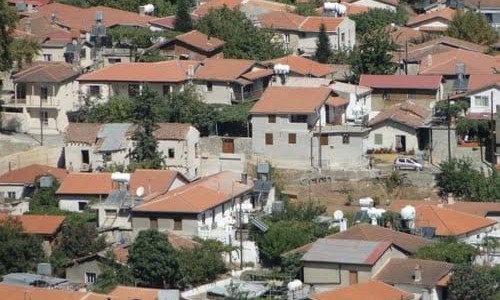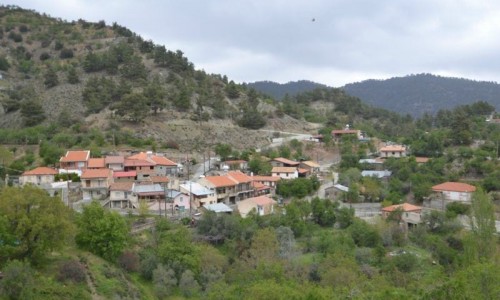Ergates
The community of Ergates is the 13th largest community in the Nicosia district with about 2000 residents and is located just 17 kilometres southwest of Nicosia in the geographical range of Mesaoria.
The village is built on the west bank of the Pedieos or Pidia River at an average altitude of 340 metres. The location of its area is split by the river system of the Pedieos River.
The community has an average rainfall of about 360 cm and in its area there is wheat, vegetables, olives, and fig trees. The planted areas are located between the Ergates-Anayia, Ergates- Episkcopiou and the Pedieos River. In the area a small irrigation system too place which used the water from the river as well as the local waterholes.
The road connection of this community is very good. To the north it is connected with the Anayia community which is about 2, 5 kilometres and then it is connected with the town of Nicosia. To the south it is connected with the community of Episcopiou which is about 1, 5 kilometres and to the east with the community of Psimolophou which is about 1 kilometre.
Population
The population of Ergates developed from 1881 until today. The phenomenon of urbanism which hit many communities in Cyprus from 1946 and especially from 1960, did not affect the community of Ergates at all. This was due to the fact that the community was at a relatively small distance from the capital as well as the work possibilities in the area. in 1881 there were 218 residents which increased to 1891 , to 262 in 1901, to 293 to 1901 , to 293 in 1911 , to 354 in 1921 , to 378 in 1931 , to 431 in 946 , to 637 in 1960 and to 812 in 1973. With the settling of the refugees after the Turkish invasion of 1974, the residents of Ergates increased to 1.044 in 1976 and to 1.121 in 1982.
Churches
In the community there are two churches. One is dedicated to Agia Paraskevi and one to Apostle Thomas.
Apostle Thoma Chapel
The Apostle Thoma chapel was built in 1912 and was renovated twice. In 1945 it was renovated by a donation from Salomi Loizou and then it was renovated by the Archbishop Chrysostomo. In 2003 it was renovated and maintained by the church board of the community. Since then it has been a true ornament for the community. The chapel celebrates on the Sunday of Thomas.
Agia Paraskevi Chapel
The church of Agia Paraskevi is much newer. It was built in 1973, on the remains of the older church and was renovated in 1978 from the Archbishop Chrysostomo. The church operates every Sunday as well as the big celebrations. The church is celebrated on the 26th of July every year.



